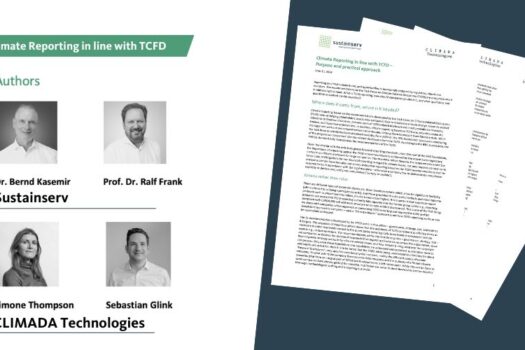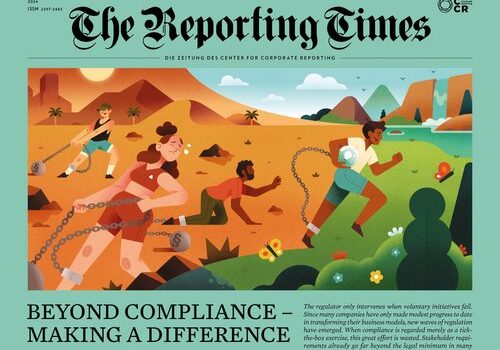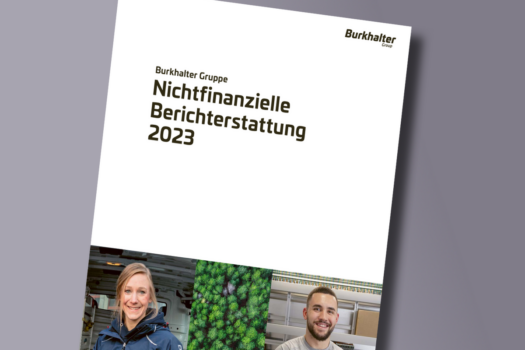The materiality of financial versus non-financial issues is viewed differently in most companies. Moreover, responsibility for determining the list of material issues from these different perspectives falls to different units within an organization. The net result is a missed opportunity to harmonize the management of these issues, and ultimately optimize how the company creates value.
Two perspectives on materiality
For the General Counsel or Chief Financial Officer, materiality usually refers to the technical and regulatory world of financial disclosures – which topics may impact a company’s financial performance in the short to long term. For people in corporate sustainability however, materiality is the determination of which issues should be included in a corporate responsibility or sustainability report, which ideally include those that support long-term strategic performance and value creation. That is the intention of some of the leading corporate sustainability frameworks, such as the Global Reporting Initiative (GRI) or the framework of the International Integrated Reporting Council (IIRC). But the reality is that there is often little, if any, harmonization between financially driven versions of materiality, and those performed by the sustainability community.
Lack of harmonization between financial and non-financial material issues
We see direct evidence of this divergence, when looking at the topics a given company lists as material to their financial performance in their 10-K or related financial disclosures and then comparing those issues to what the company indicates are material in its sustainability or CSR report. These two sets of “material” issues for the same company have little if any overlap in the vast majority of cases we examined.
Avoid box-ticking materiality
In our experience, simply using a materiality assessment as a tool to determine the content of a sustainability or corporate responsibility report vastly underutilizes the potential of the opportunity. This process, when well-planned and faithfully executed, engages senior management and gathers data from a wide variety of stakeholders both within and external to an organization. It also typically includes a broad-based data-gathering process that provides a valuable overview of the sector that the company operates within, the regulatory landscape, societal issues, the technological and innovation context, and the planetary circumstance. Therefore, such a process can and should be an integral part of a company’s long-term strategic planning efforts.
A wider view
To make the materiality process more strategic, and to better harmonize financially-driven perspectives on materiality with the approach typically taken by the sustainability community, a “wide-angle” view is critical. This will ensure that the process takes advantage of the opportunity we have when the collective attention of senior decision makers of the company is focused on identifying those issues that have the greatest impact, and the most relevant strategic implications for the company. These may include topics such as innovation, research and development, micro- and macroeconomic factors, regulatory and other issues as well. We counsel organizations to take the broader approach in order to pinpoint which issues, represent the greatest risks or greatest opportunities for a company’s ability to prosper in the long term. This requires consideration of whether an issue not only impacts global sustainable development but also how an issue may drive long-term value creation. Both perspectives are critical and should be considered as part of any long-term strategic planning process.
Strategic materiality in practice
State Street Corporation, a global financial institution with $ 33.10 trillion in assets under custody and administration and $ 2.80 trillion in assets under management, recently undertook a comprehensive materiality process. To determine which issues should be considered for inclusion in the process, together we examined a wide variety of potentially relevant topics, including the guidelines of the Global Reporting Initiative, ISO26000 and the Sustainability Accounting Standards Board (SASB). In 2017, State Street publicly stated its support for the guidance of the Taskforce on Climate Related Financial Disclosures (TCFD). The European Union has also issued guidance for non-financial disclosures that companies of a certain size and impact must make. Therefore, the topics that comprise each of these frameworks – TCFD and the EU Directive – were critical factors in the materiality process.
Equally importantly, other business relevant topics were also considered. For example, State Street has invested heavily in innovation regarding its Environmental, Social and Governance (ESG) products and services, as well as in its capabilities related to the compilation and analysis of “big data”. Therefore, innovation and digitalization were included in the materiality process to understand how and where they are prioritized relative to other potentially important topics.
“In general, materiality processes provide a unique opportunity to identify the issues that impact a company’s long-term performance.”
A foundation for strategy
Once a portfolio of topics is identified as material to a company’s ability to create long-term value, these should then be incorporated into strategic planning processes. As such, they should have key performance indicators associated with them to track performance over time, and roadmaps must be developed to implement strategies and programs that drive performance in the desired direction. In general, materiality processes provide a unique opportunity to identify the issues that impact a company’s long-term performance. This opportunity should be taken seriously at all levels of the organization and recognized as a foundational element of a corporate strategic planning process.
Richard W. Pearl is a senior manager in State Street’s Corporate Citizenship division, responsible for the Corporate Responsibility (CR) and the Office of Environmental Sustainability programs. Richard is the Global CR Officer for State Street.
Download
The original text entitled “The opportunity for Strategic Materiality” by Richard W. Pearl and Dr. Matthew Gardner was published in issue 12 of The Reporting Times, the trade journal of the Center for Corporate Reporting (CCR).
Get in touch. We are happy to tell you more about it.





